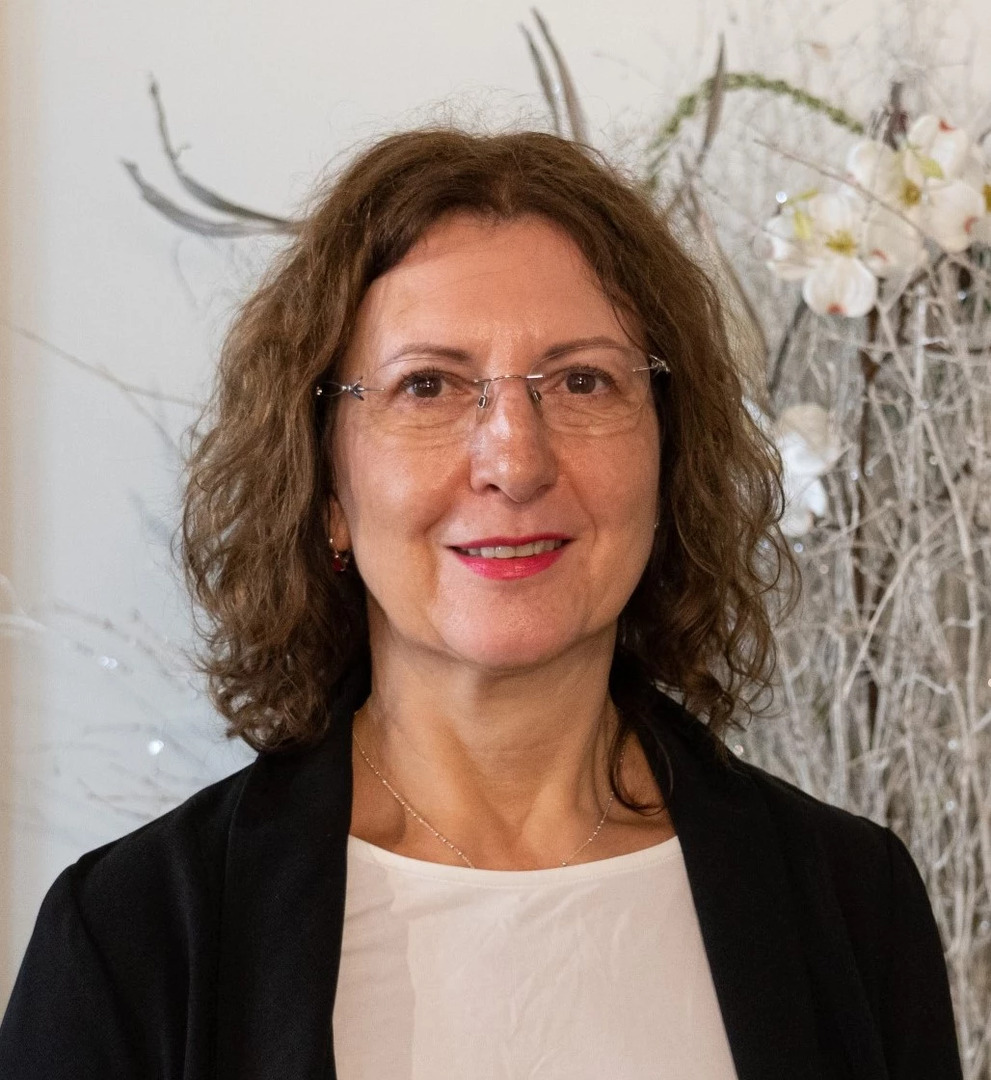Prof. Martina Koziar Vašáková: In the spotlight of pulmonologists are now lung screening and chronic lung diseases
As part of a series of interviews with the heads of professional societies on the topic of hot topics 2023, we speak with the chairwoman of the Czech Pneumological and Phthiseological Society of the CLS JEP Prof. MUDr. Martina Koziar Vašáková, Ph.D.

What and why is now in the center of attention of Czech pulmonology?
We care for a number of patients with serious chronic diseases, inflammatory infectious and non-infectious, cancerous and degenerative, including rare diseases. Many of them are associated with smoking habits and polluted air.
Our main diagnoses include chronic obstructive pulmonary disease (COPD) and bronchial asthma, both diseases associated with airway obstruction. Medicine in these areas is developing dynamically. For patients with asthma, we now have biologics available, so we are able to manage even severe stages of the disease and achieve better control. In the treatment of COPD, alongside pharmacotherapy, instrumental methods are developing, allowing us to exclude the most affected parts of lung tissue, for example, by applying intrabronchial valves. Recently, we have also gained experience with bronchial rheoplasty, which enables the removal of excess mucus in the bronchi.
An important chapter of pulmonology is also the issue of lung cancer.
We are glad that for the second year in a row, lung cancer screening has been ongoing in the Czech Republic, contributing to early diagnosis and better survival of patients. Thanks to this, we have become a model for other European countries. We are part of a European project for the implementation of lung screening. The treatment of lung cancer itself is developing dynamically, prolonging the life of patients with advanced stages. Many become candidates for targeted therapy and immunotherapy. To improve the quality of care for these patients, we support their referral to pulmonooncological centers.
Another broad group of diseases are interstitial lung processes, of which the most serious are lung fibrosis. What advancements are occurring here?
Alongside antifibrotics, we are now introducing combined treatments affecting lung fibrosis and pulmonary hypertension. This is being carried out in specialized centers, which are sufficient to ensure availability across the country.
Recently, there has also been more talk about tuberculosis again.
The crisis associated with the war in Ukraine caused a mixing of our low-incidence population with the high-incidence Ukrainian population, leading to more cases of the disease and an increase in the number of multi-resistant TBC cases. The Thomayer University Hospital (FTN) currently operates the only center for multi-resistant (MDR) tuberculosis in the Czech Republic. It would be appropriate, in conjunction with the Ministry of Health, to establish two more centers, as we expect an increase in the frequency of these cases.
At the opposite end of the spectrum are rare diseases. Which of them call for increased attention?
Our pulmonological workplaces are involved in the European network of centers for the treatment of these diseases, ERN-Lung. We are represented here by a center for interstitial lung processes and cystic fibrosis. We are also building centers for another rare disease, alpha-1-antitrypsin deficiency. Currently, there is only one such center in our country, and it is in the FTN.
What is the current situation regarding COVID-19 and post-COVID consequences?
Currently, we do not usually encounter severe cases leading to death. This is partly because the most at-risk individuals, such as patients after transplantation, hematooncological patients, or elderly exhausted patients with polymorbidities, are not treated in pulmonary wards.
We have patients with persistent limitations in lung functions after overcoming the disease, but in the majority, post-COVID changes do not develop into progressive fibrosis. In patients, especially those who have been in intensive care units, we encounter extra-pulmonary disorders, such as neurological issues, and unfortunately, some of our patients end up with a disability.
COVID-19 still circulates within the population, and it is good that we have antivirals available for severe cases, which we administer preventively to at-risk individuals. This also changes the recommended treatment procedures.
What other changes are occurring in the recommended procedures?
Considering the aforementioned increasing incidence of multiresistant tuberculosis strains and new WHO recommendations for the treatment of MDR TBC, we have updated the recommended treatment procedure and conditions for isolating infected individuals will also be changing. Furthermore, we have a new procedure for the therapy of severe asthma and continuously update other recommended procedures for the treatment of lung diseases.
What challenges are you currently facing?
Our goal is to maintain a sufficient network of outpatient pulmonologists and a fund of pulmonary beds to not only preserve the high quality of pulmonary care in the Czech Republic but also to timely diagnose and treat cases detected in screening programs. This includes not only bronchogenic carcinoma but also lung fibrosis and COPD. The group that comes for lung cancer screening may also have these other chronic diseases. Essential for us in this area is interdisciplinary cooperation with general practitioners.
How can the media support the activities of the pneumological society?
We would greatly appreciate it if they could help promote a healthy lifestyle and non-smoking, including vaping. It is also necessary to spread awareness that obesity also reduces lung health. Obese people breathe poorly, often have asthma or recurrent reflux episodes that damage the lungs, suffer from sleep apnea, and many can't undergo surgery due to obesity.
Additionally, the public needs to be continually informed about the importance of undergoing lung screening for smokers over 55. Our professional society is preparing a methodology for involving at-risk patients in screening for the 27 EU states. In October, a pan-European campaign is scheduled to start, aiming, through the media and professional societies, to reach as many potential patients as possible, thereby reducing mortality from lung cancer.
MUDr. Andrea Skálová
editor, proLékaře.cz
Did you like this article? Would you like to comment on it? Write to us. We are interested in your opinion. We will not publish it, but we will gladly answer you.
